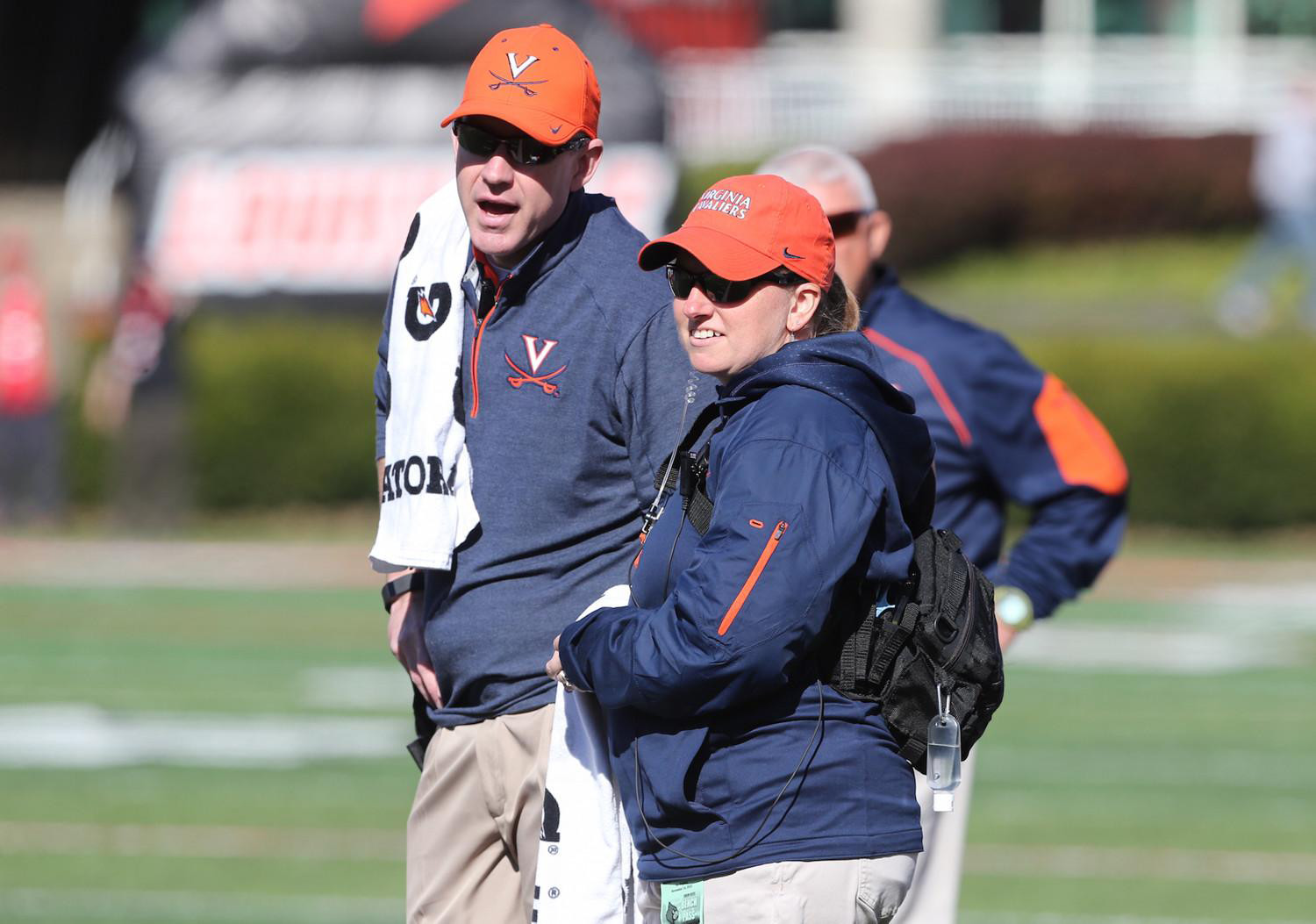Sports concussions continue to garner national attention and the conversation will likely continue over the holidays with the release of the new feature film, “Concussion.”
For concussed athletes, recovery time away from the field of play is a crucial part of regaining health. Until now, concussion research has focused on the severity of concussion symptoms to determine the precise length of time away from play that will both allow players time to heal and get them back onto the field as quickly as possible.
However, focusing on the severity of symptoms may be incomplete. Researchers at the University of Virginia have found that measuring the duration of concussion symptoms during the first 24 hours after injury gives insight into the length of time an athlete will remain out of play.
"It is an important reminder that while high-tech, expensive pieces of diagnostic equipment definitely have their place in this work, there is quite a bit we can do with simply talking to athletes about their symptoms and using that data wisely." -- Jacob Resch, Assistant Professor of Kinesiology
In a new article published in November in the Journal of Athletic Training, a research team led by Jacob E. Resch, assistant professor of kinesiology at UVA’s Curry School of Education, turned its attention to the duration of symptoms and found surprising results.
“We found that by looking primarily at the duration of a collegiate athlete’s specific concussion symptoms during the initial 24 hours after injury, we could accurately predict how long an athlete would have concussion-related symptoms,” Resch said.
The researchers used data from 76 NCAA Division 1 athletes who experienced a concussion while participating in the field of play and were evaluated within the first 24 hours of diagnosis. The athletes completed a self-report of symptoms and completed the widely used symptom checklist, the Immediate Post-Concussion Assessment and Cognitive Testing, or ImPACT, and the Sensory Organization Test, a computerized measure of balance.
The research team identified five specific variables in their analysis that included the total ImPACT symptom score, and the duration of neck pain, drowsiness, nervousness and tingling.
The analyzed data resulted in a formula consisting of the duration of four of the symptoms over a 24-hour period – neck pain, drowsiness, nervousness and tingling. Included alongside those symptoms was the total symptom severity recorded at the time of the clinical evaluation. The formula they created and tested correctly predicted 76 percent of the participants who recovered within 10 days of injury.
For example, concussed athletes with higher self-rated duration of neck pain, drowsiness, nervousness and tingling during the hours leading up to their clinical assessment and a higher self-rated total symptom severity score remained symptomatic for a longer period of time.
“We know that the athletes in this data set were receiving a high level of care as part of an interdisciplinary concussion management protocol using several different clinical measures,” Resch said. “Our hope is that this preliminary formula may provide insight into how long a student-athlete would be expected to have symptoms related to their injury and assist in identifying athletes who may need additional support during their recovery.”
In Resch’s previous research, he noted the significance that keeping concussed athletes off the field of play has on the athlete’s ability to recover.
Knowing the length of time a student-athlete will be out of play can also allow for providing adequate supports, socially or academically.
“Often, much of a collegiate athlete’s schedule is shaped by their commitment to their sport,” Resch said. “Being removed from the field of play for a stretch of up to two weeks, sometimes more, can certainly make an impact on them. Anticipating the supports they’ll need during the time on the sidelines can be helpful.”
The accuracy of this formula is also significant in that the data it draws upon are collected through very inexpensive means: literally the cost of two pieces of paper.
“It is an important reminder that while high-tech, expensive pieces of diagnostic equipment definitely have their place in this work, there is quite a bit we can do with simply talking to athletes about their symptoms and using that data wisely,” Resch said.
Resch and his team say that the next step of this research – already underway – is to apply the formula to a larger set of collegiate athletes.
Media Contact
Article Information
December 14, 2015
/content/uva-study-duration-concussion-symptoms-significant-severity

